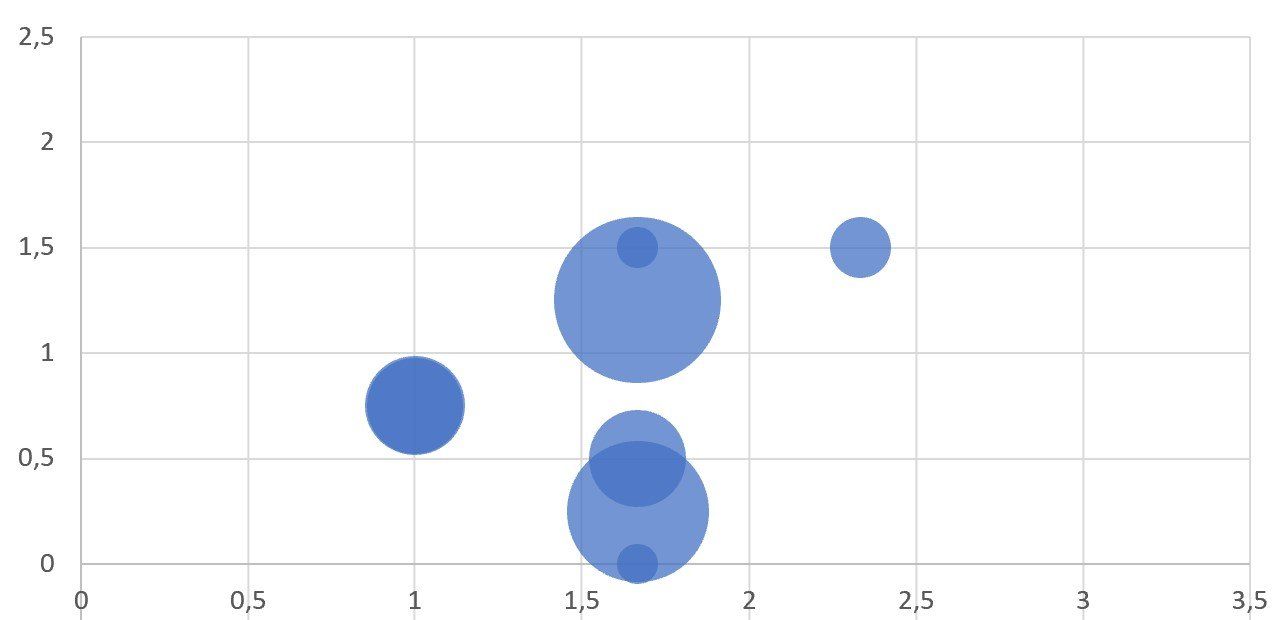Define innovation strategy Make digitization concrete
Without an innovation strategy that is aligned with the business strategy, a lot of time and money can be wasted. We help to link strategy and innovation, optimize portfolios, realign your innovation process or optimize your technology scouting.
Everyone is talking about digitization and digital transformation. We help your company to integrate them into the strategy and to make them concrete through projects that fit your business.
We offer advice, workshops, project support and tailor-made method training.
Example Projects
Portfolio alignment in a medical technology company
Problem:
In order to improve the success rate of the research and development projects, the portfolio needed to be realigned. For this purpose, the involvement of market experts from product and sales management had to be strengthened. In addition, opportunities should be sought to involve the customers of the products into the decision process.
Approach:
A scoring system was introduced, with which the various aspects of the project were assessed. The led to a rating of the degree of innovation and a risk level. All projects were presented and evaluated in a joint workshop with research, sales, product management, clinical experts and in-house advice. Swarm intelligence was deliberately used to allow differences in the ratings.
Results:
The results were presented graphically to enable portfolio decisions. It was clearer, which projects contributed to the core of the business, which ones were adjescent or transformative. In addition, some projects were identified whose customer benefit was too low or had to be re-evaluated from a market perspective. Formats were also developed for future customer involvement.




